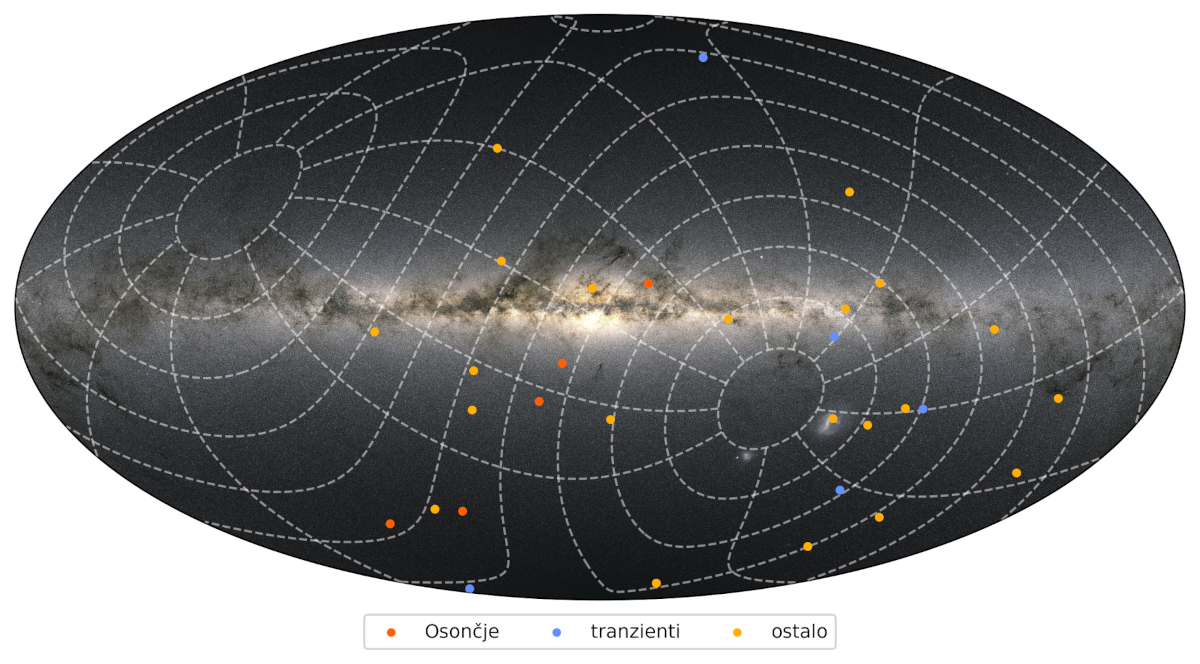About project
This is an archive of astronomical images acquired by the GoChile project. The archive is public. Anyone can download the data by creating an account on the archive.
The images (both JPG and binary documents) that you download to your computer (hereafter referred to as data) are available for your own use. Data or products containing information derived from the GoChile project data (e.g. astrophotography, measurement points on a graph, animation) may be published in any medium or format provided that
(i) the GoChile name must be prominently displayed on the product and you must give an appropriate credit,
(ii) the name of the observer (the name is written in the header of the image) who obtained the data is stated, and
(iii) you tell us where you have published the data.
The data may not be used for commercial purposes without our consent.
Each binary format image (FIT or FITS) is accompanied by a JPG image. The latter are automatically generated and in general do not reflect the quality of the images.
Image processing
Some images have already been processed (taking into account bias, dark, flat), some have not. Information on the calibration status is displayed next to each image. In the image search criteria there is an option to search only among those that have been calibrated. Calibration is usually done by the observers themselves, so we do not guarantee its quality.
If you want to work with uncalibrated images, you can also find calibration files in the archive (masterbias_DATE, masterdark_DATE, matersflat_DATE), where DATE indicates the date on which the calibration recordings were taken. In the header of the object images you will find the date when they were taken. Calibration images are generally not taken every night, so you may not find a calibration image with exactly the same date. In this case, we suggest that you select the calibration snapshots that are closest in date to the date of the observation image you want to calibrate.
Names of astronomical objects and their types
The name of the astronomical object is written in the header of each image, taking into account the purpose for which the image has been taken. For example, if the observer is imaging a supernova, the name of the supernova will appear in the image header, even though the host galaxy is usually also in the image. Similarly, we have also grouped the images into several groups according to the type of object observed. Currently the following are in the database:
supernova,
cataclysmic variable,
microlensing,
planet,
star,
galaxy,
exoplanet,
asteroid,
planetary nebula,
nebula,
open cluster,
globular cluster,
variable star (includes eclipsing binary stars).
For asteroid names, we follow the number + name naming convention (e.g. 14 Irene). In the case of the NGC catalogue, we use the space (e.g. NGC 6940), in the case of the Messier catalogue, we do not use a space (e.g. M8).
Coordinates and serach by coordinates
The header of each image gives the approximate equatorial coordinates of the centre of the observed field in the sky. You can search the archive for objects within a certain radius around the selected coordinates. To search, you must enter the coordinates (and radius) in decimal format. For example, the right ascension and declination for the star AG Pic are 83.80000 and -58.01917. Some images have an astrometric solution already written in the header, most do not.
Statistics
Currently there are 20111 images in the archive, belonging to 109 different objects. The positions of the objects at the time of observation are shown in the figure below. The mw_plot module was used to plot the image.


